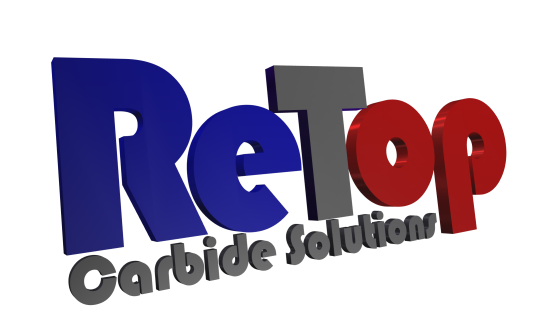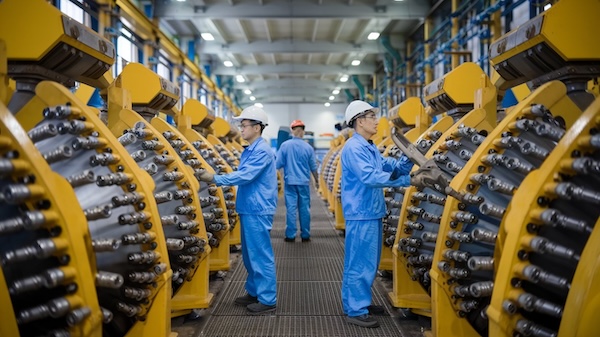
Carbide for Paper and Pulp Industry
Retop is designed to inform decision-makers in the paper and pulp industry about the advantages of adopting tungsten carbide wear parts. By exploring its fundamental properties, comparing it with alternative materials, and highlighting the tangible operational and financial benefits, we aim to show why tungsten carbide is a strategic choice for wear parts in paper and pulp machinery.
Quick and easy: Enter your specifications and get a quote in one business day
Table of Contents
Expertise in Carbide Tooling for Paper and Pulp
Retop Carbide’ specialty carbide tooling for paper and pulp is trusted and used by the manufacturing leaders in the industry.
Types of Carbide Tooling for Paper and Pulp
- Slitter and cutter blades
- Refiner plates and discs
- Pump and valve components
- Slitter knives
- Log chipper knives
- Other
Introduction: Evolving Demands in the Paper and Pulp Industry
Modern paper and pulp operations face stricter quality standards, faster production speeds, and diverse end-product requirements. Traditional wear parts frequently struggle under these conditions, leading to downtime, inefficiencies, and rising costs. Tungsten carbide emerges as a superior solution, offering the durability and reliability required to meet today’s challenges.
Details:
- Increasing Throughput: Faster paper production lines demand more robust tooling.
- Abrasive Environments: Wood chips, pulp slurries, and chemical treatments accelerate wear on standard components.
- Competitive Market Pressures: Investing in cutting-edge materials like tungsten carbide ensures consistent performance and higher profitability.
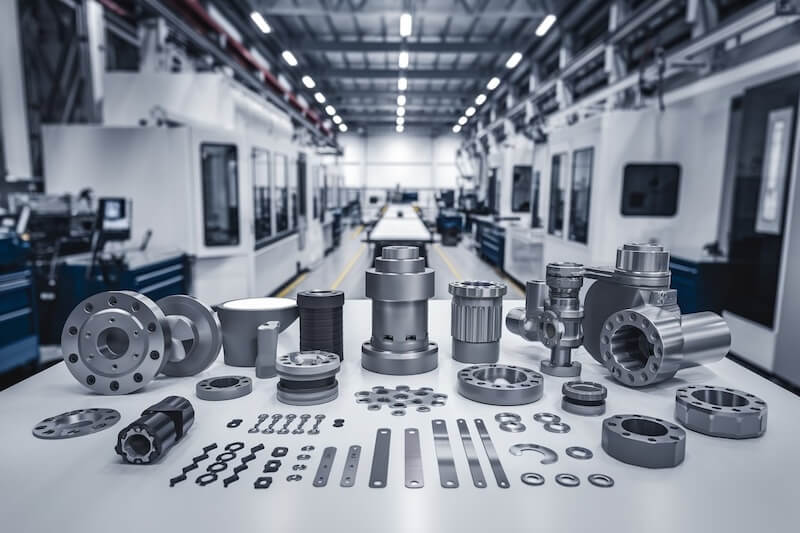
Understanding Tungsten Carbide: Composition and Properties
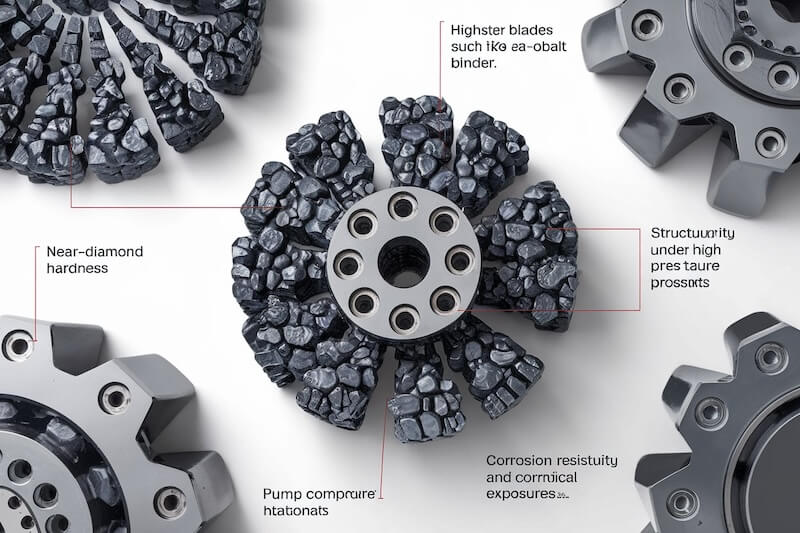
Tungsten carbide is a composite material formed from tungsten carbide powder and a metallic binder, typically cobalt. Its unique combination of hardness, toughness, and thermal stability sets it apart from conventional wear-resistant materials, making it especially valuable in the abrasive conditions of pulp and paper processing.
Details:
- Near-Diamond Hardness: Exceptional hardness provides extended tool life and fewer replacements.
- Structural Integrity: Maintains shape under high pressure and temperature fluctuations.
- Corrosion Resistance: Withstands chemical exposure common in bleaching and pulping processes.
Types of Tungsten Carbide Wear Parts in Paper and Pulp Equipment
Tungsten carbide’s versatility allows it to be integrated into a wide range of wear components, enhancing the durability of machinery across the paper and pulp production line.
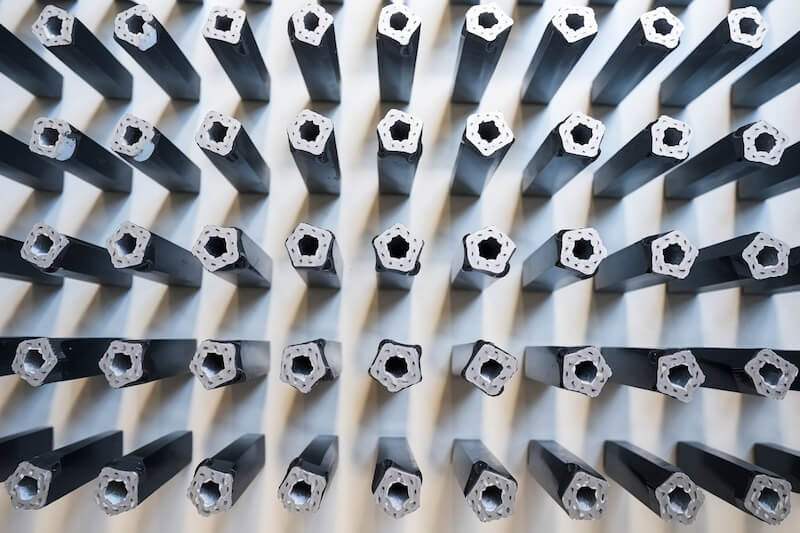
Slitter and Cutter Blades
Carbide-tipped blades produce cleaner cuts, reduce dust, and maintain sharpness for extended periods.
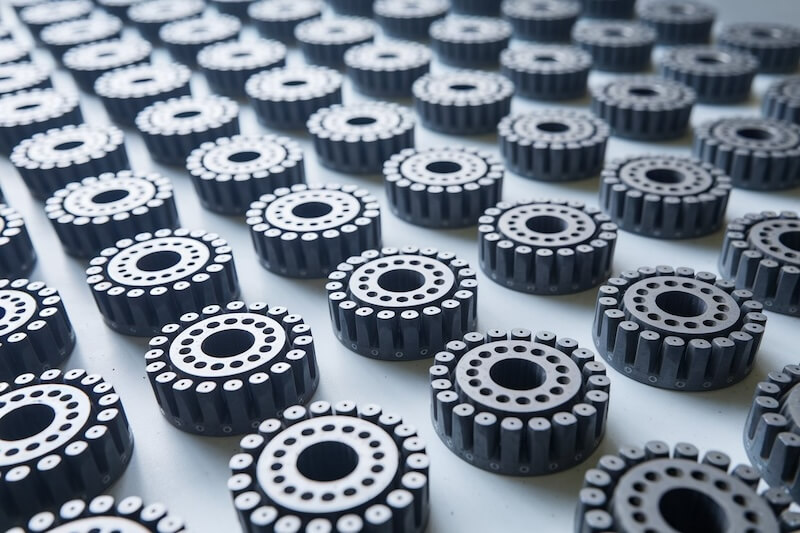
Refiner Plates and Discs
With carbide inserts, refiners maintain consistent pulp quality and require fewer shut-downs for blade changes.
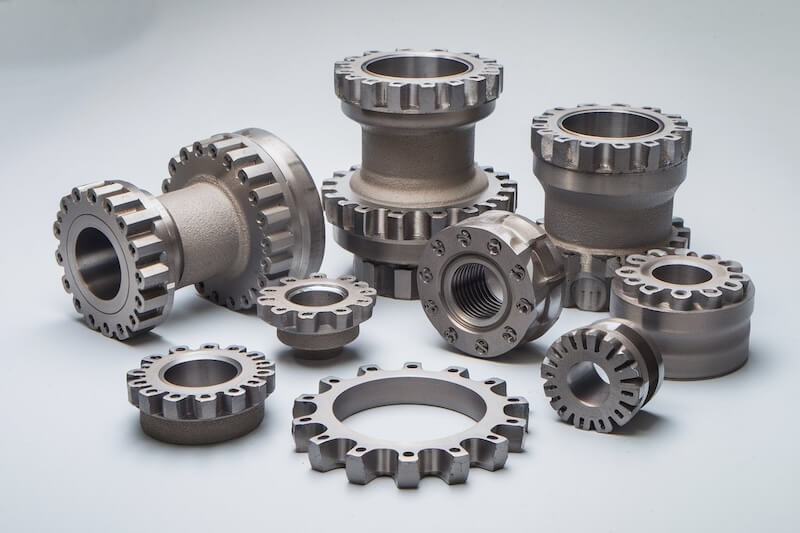
Pump and Valve Components
Carbide wear rings, seats, and liners handle abrasive slurries, extending equipment lifespan and reducing maintenance intervals.
Quick and easy: Enter your specifications and get a quote in one business day
Comparing Tungsten Carbide to Other Wear-Resistant Materials
While standard steels, alloys, and ceramics have served the industry for years, tungsten carbide often outperforms these traditional materials, offering superior longevity and reliability.
Details:
- Versus Tool Steel: Tungsten carbide endures abrasive pulps longer, resulting in fewer tool changes and reduced downtime.
- Versus Hardened Alloys: Carbide’s higher hardness and wear resistance translate to more stable operation and lower overall costs.
- Versus Ceramics: Although ceramics are hard, they can be brittle. Tungsten carbide strikes a better balance between hardness and toughness, minimizing breakages.
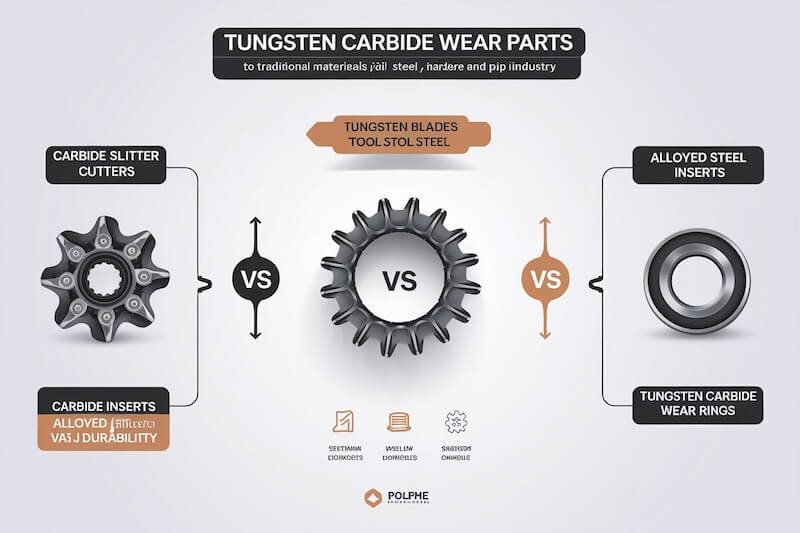
Operational Advantages: Efficiency, Quality, and Consistency
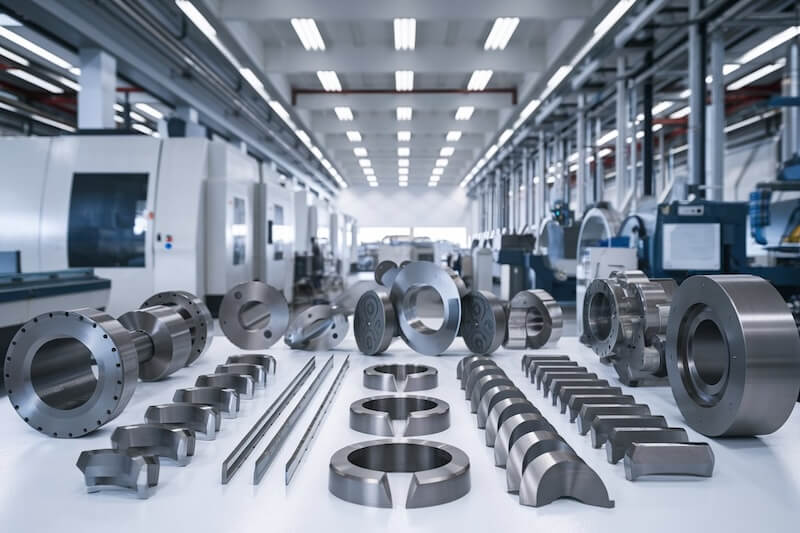
Integrating tungsten carbide wear parts delivers immediate and measurable improvements in operational efficiency, product quality, and overall equipment performance.
Details:
- Extended Service Life: Fewer parts replacements mean reduced labor, less inventory complexity, and lower maintenance costs.
- Consistent Output Quality: Stable cutting edges and refining surfaces yield uniform paper thickness, improved surface finish, and fewer material defects.
- Reduced Downtime: Longer-lasting wear parts allow for predictable maintenance schedules, enhancing production continuity and meeting tight deadlines.
Cost Savings and Enhanced ROI
Although tungsten carbide wear parts may require a higher initial investment, the long-term financial gains justify the outlay, reflecting improved productivity, lower maintenance expenses, and better resource utilization.
Details:
- Lower Replacement Frequency: Fewer replacements save on procurement costs and decrease machine stoppages.
- Minimized Scrap and Rework: Superior durability and precision help maintain output quality, reducing waste and reprocessing efforts.
- Improved Overall Equipment Effectiveness (OEE): Reliable tooling ensures maximum utilization of capital equipment, raising profit margins.
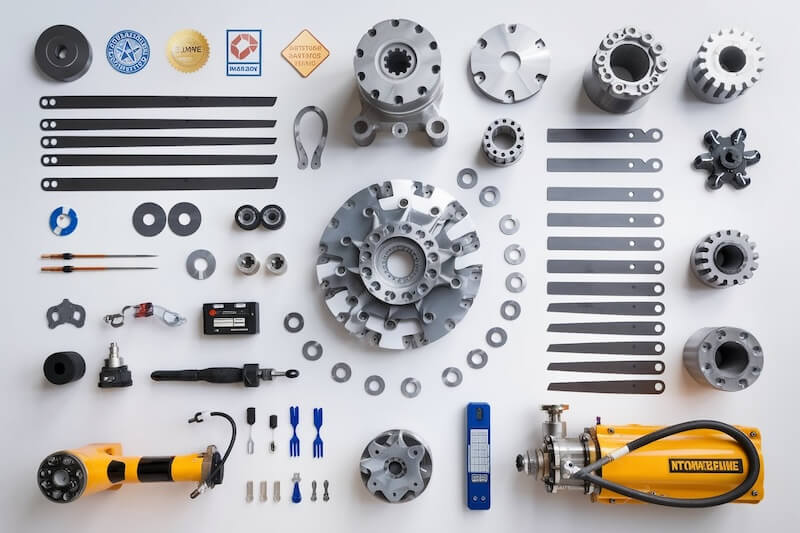
Addressing Environmental and Sustainability Concerns
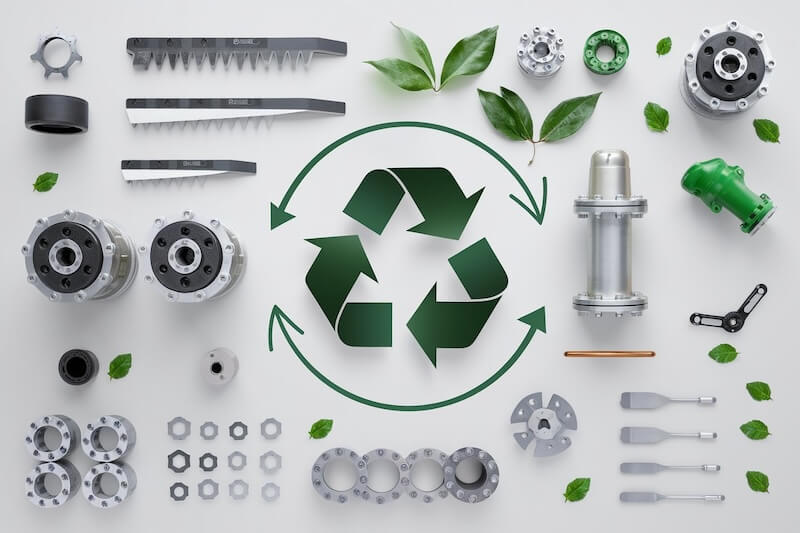
As the paper and pulp industry strives for sustainability, choosing materials that reduce waste and energy consumption aligns with environmental goals. Tungsten carbide wear parts contribute to a leaner, more eco-friendly operation.
Details:
- Longer Tool Life: Decreased tool turnover leads to fewer discarded parts and less material in landfills.
- Energy Efficiency: Stable, sharper tools require less energy to cut or refine pulp, lowering the factory’s overall carbon footprint.
- Fewer Lubricants and Chemicals: Prolonged tool sharpness and smoother operations can reduce reliance on consumables.
Selecting a Trusted Supplier and Ensuring Quality Assurance
To fully leverage the benefits of tungsten carbide, partner with a reputable supplier that prioritizes quality control, material certifications, and after-sales support.
Details:
- Material Documentation: Reliable suppliers offer detailed specifications and test reports, instilling buyer confidence.
- Technical Consultation: Expert guidance on carbide grades, tool geometries, and coatings ensures optimal performance in unique pulp and paper conditions.
- Ongoing Support: Reconditioning services, maintenance advice, and responsive customer service maximize ROI, ensuring long-term success.
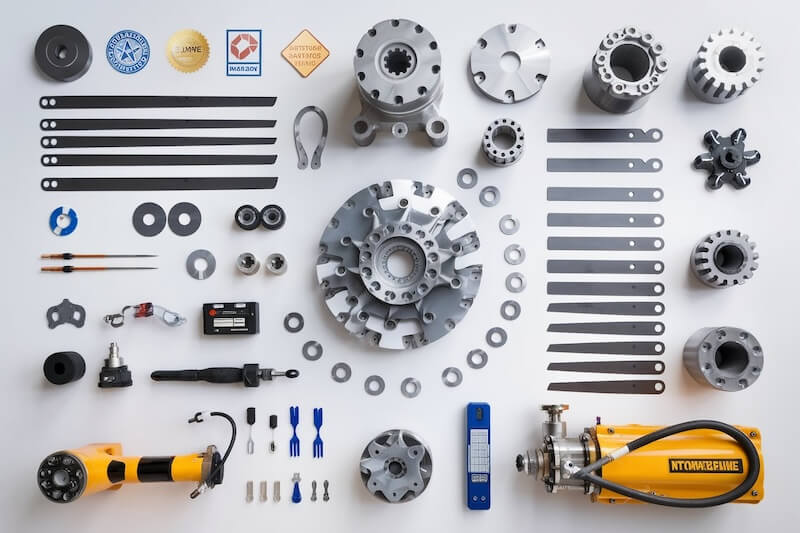
Conclusion
In an industry where equipment longevity, quality consistency, and cost savings are paramount, tungsten carbide wear parts stand as a strategic upgrade.
By embracing tungsten carbide’s durability, hardness, and stability, decision-makers in the paper and pulp sector can reduce downtime, cut costs, and maintain product integrity.
Investing in tungsten carbide wear parts ultimately streamlines operations, strengthens competitiveness, and prepares companies for future challenges in a rapidly evolving market.
Quick and easy: Enter your specifications and get a quote in one business day
